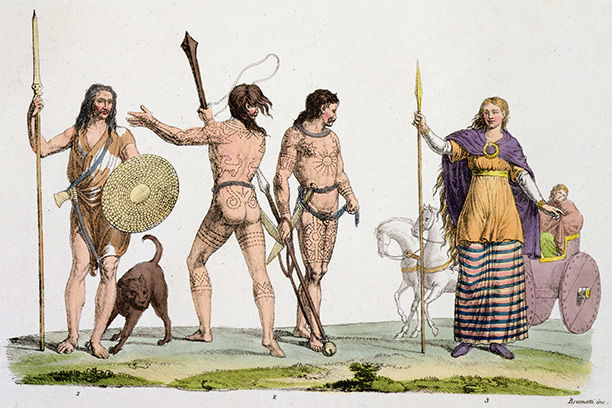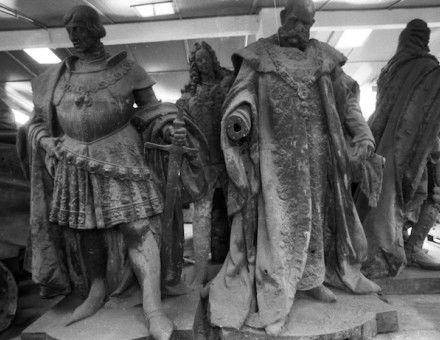Tattooed Britannia
In embracing tattoos, the people of Britain are returning to their ancient roots, argues Paul Lay.
 Joseph Banks, patron of the natural sciences and a president of the Royal Society, did not approve of tattoos. As a young man on Captain Cook’s first great voyage into the Pacific, he was baffled by the sight of the illustrated peoples of Polynesia. Musing on the reasons for their tattoos, he observed in 1769 that:
Joseph Banks, patron of the natural sciences and a president of the Royal Society, did not approve of tattoos. As a young man on Captain Cook’s first great voyage into the Pacific, he was baffled by the sight of the illustrated peoples of Polynesia. Musing on the reasons for their tattoos, he observed in 1769 that:
possibly superstition may have something to do with it. Nothing else in my opinion could be a sufficient cause for so apparently absurd a custom.





